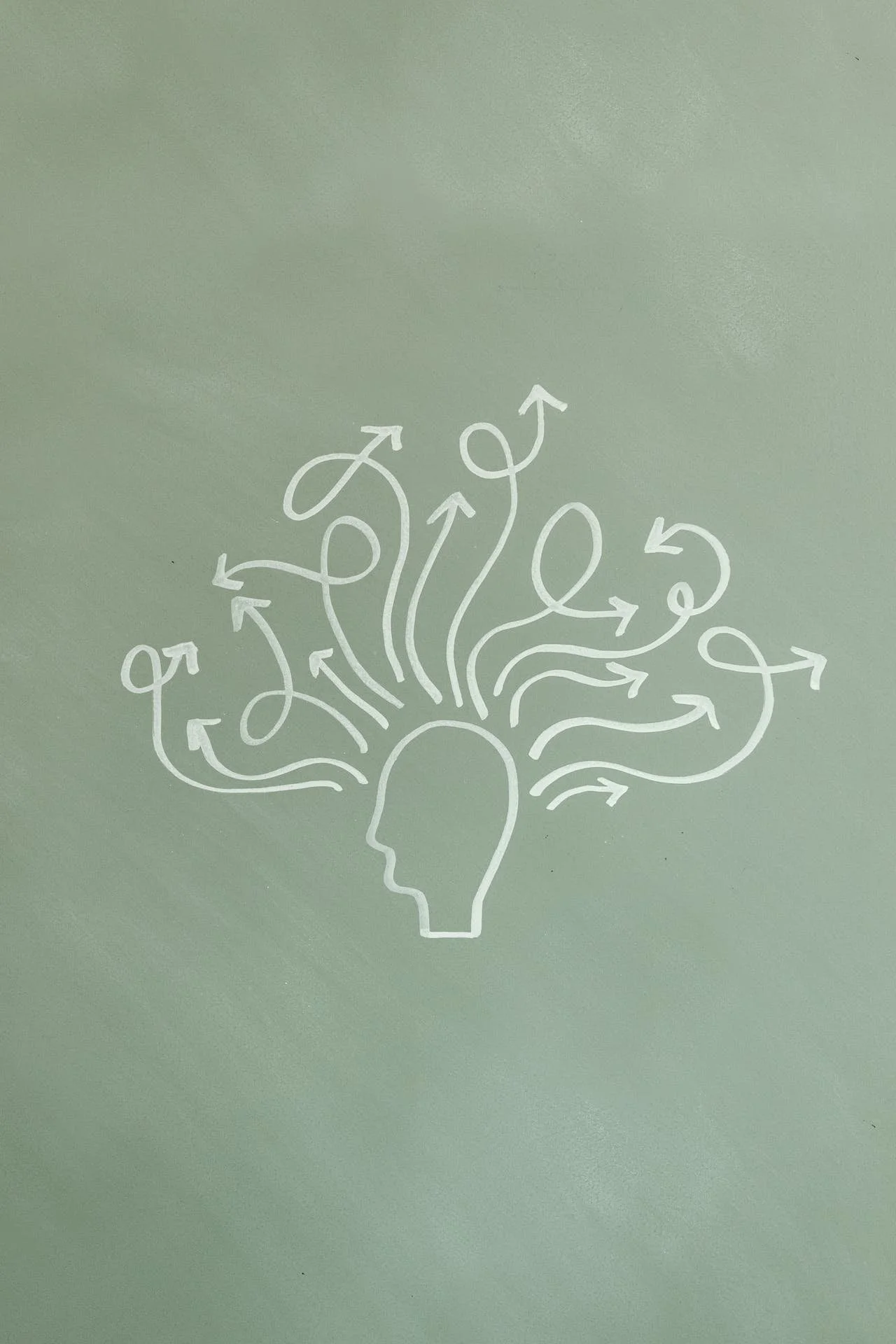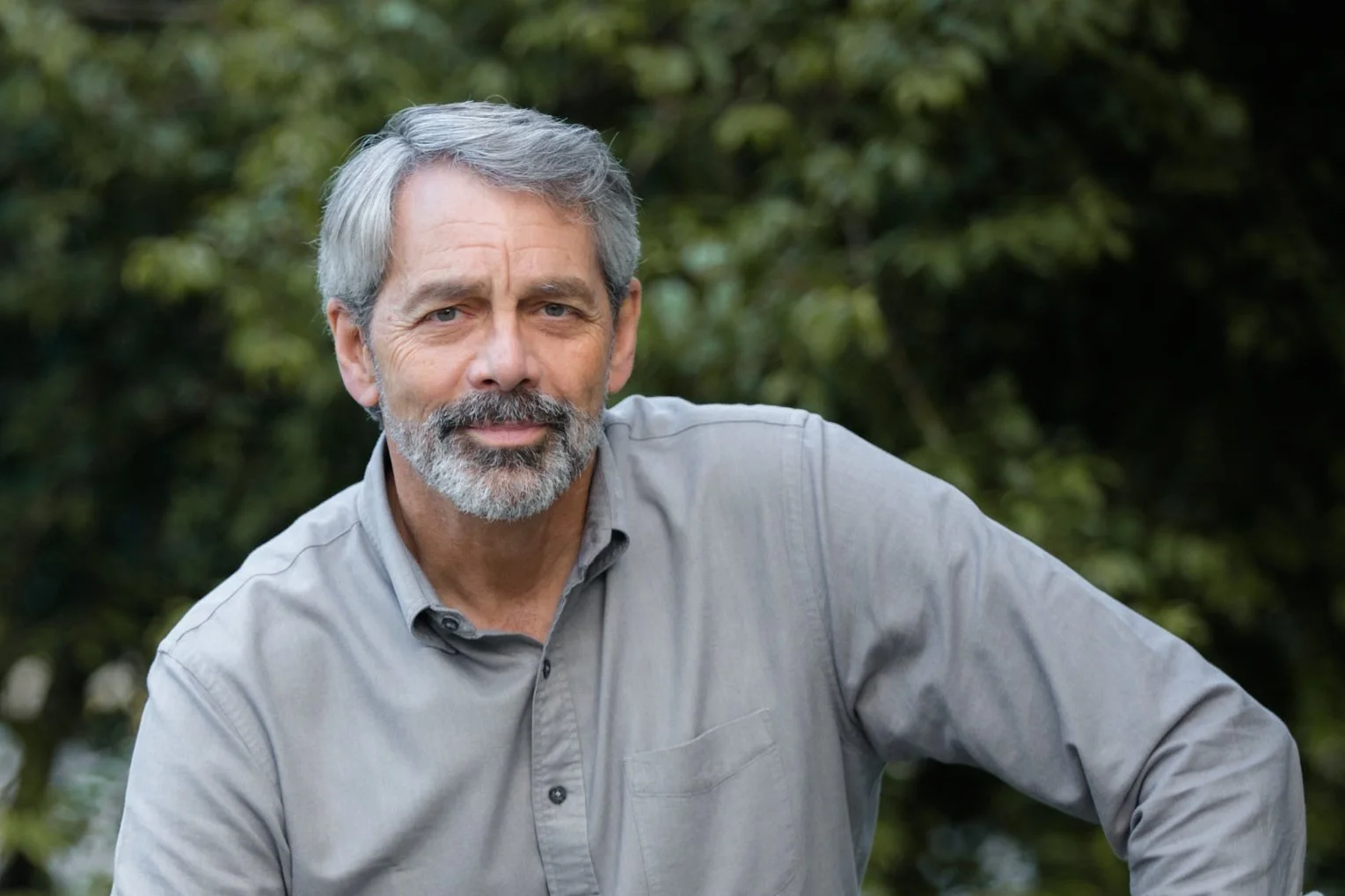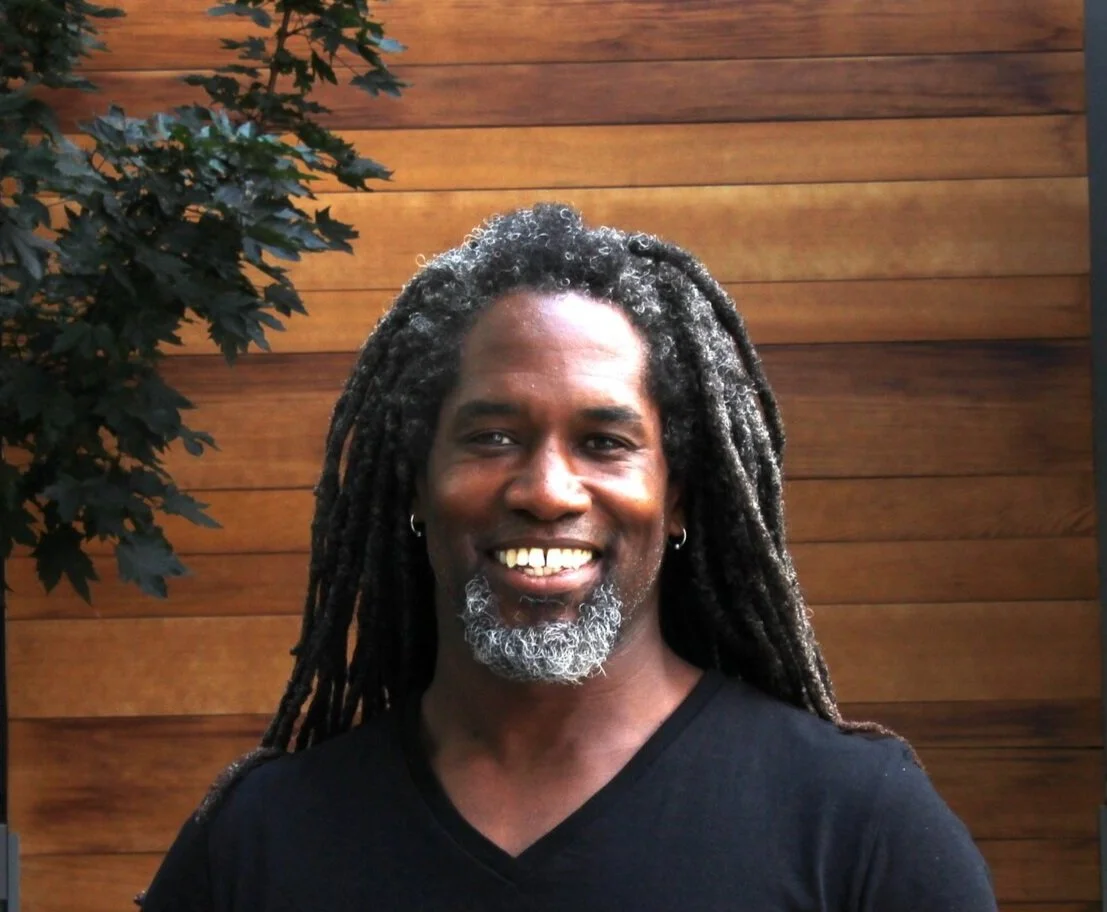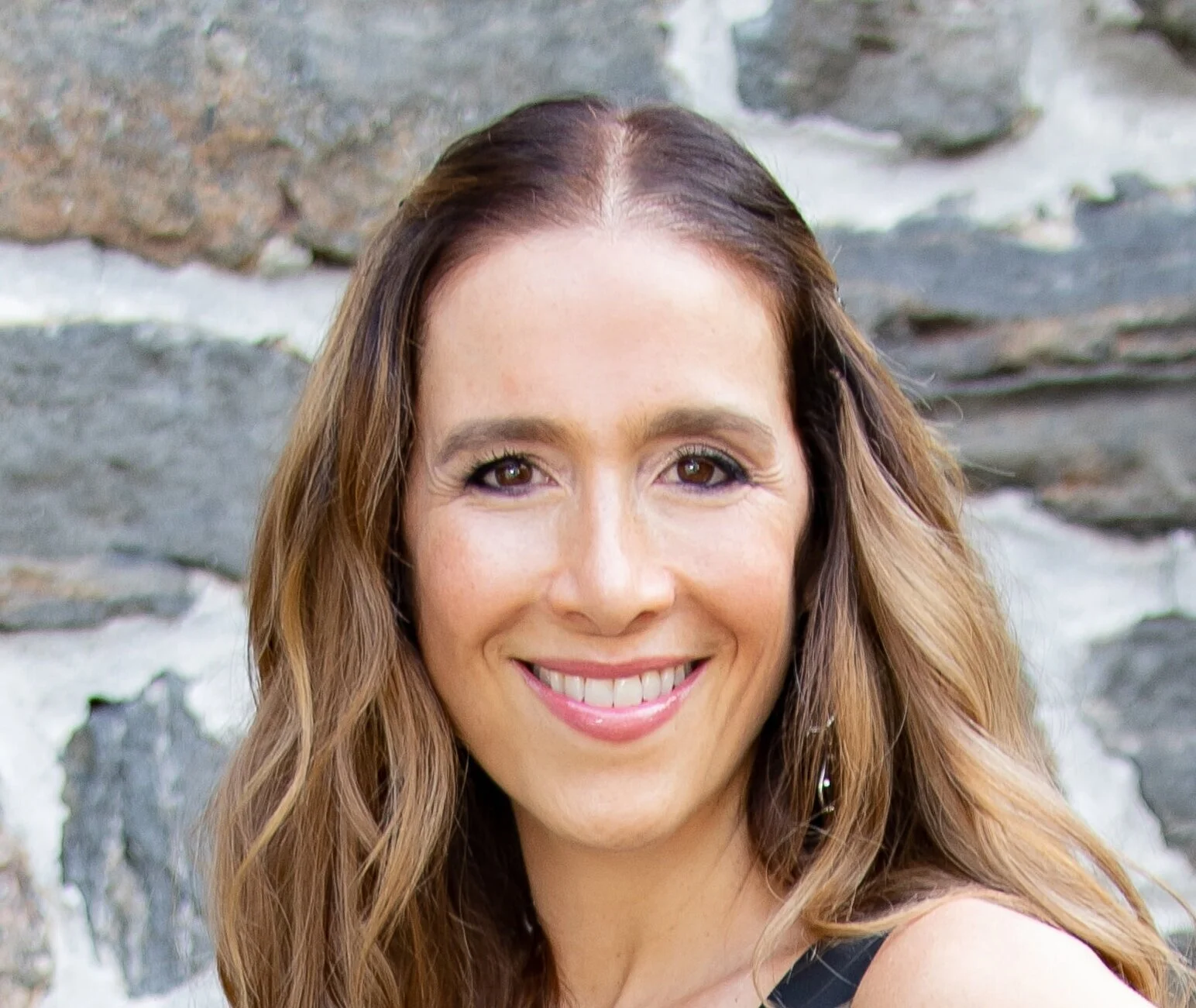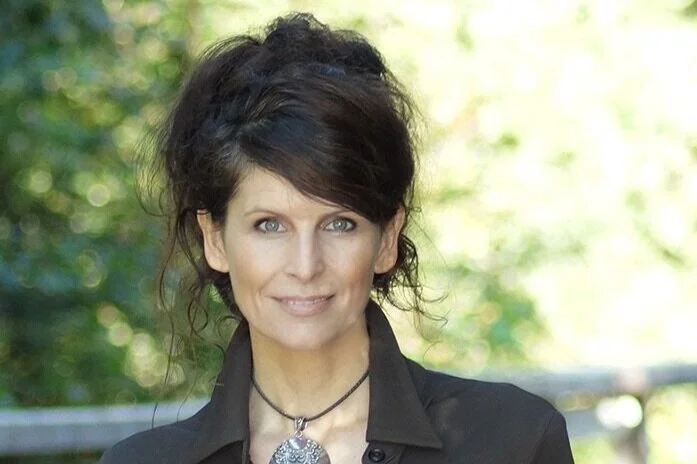New Year’s Resolution (Intent): 1. Trust my instinct more often.
Personal Trainer Plan: It has taken 10 years to add this intent to my list. After observing myself, exploring my past decision-making process, integrating a new decision-making process, testing my new decision-making process, examining my past coping behaviors, integrating new coping behaviors, testing my new coping behaviors, identifying my biases and blindspots, understanding how my past experiences, current perspectives, and physical well-being affect my emotional state, reinforcing unbiased evaluations and perspectives, and identifying the influence of the environment on my perspectives and behaviors, I’m officially ready to trust my instincts. You could see why it took a decade! I don’t think I would be able to trust my instinct with great confidence without this level of examination. Otherwise, I would be susceptible to more errors, biases, or blindspots.So, how do I trust my instincts more often? Assessing the situation….which sounds counter-intuitive. While this is my intent, I don’t plan to jump without looking. If given the proper amount of time, I will fully examine the conditions of the moment-the environment, the risks, the consequences, the possible paths. After careful consideration, I will make a decision….even if I’m only 75% certain. If the decision is bigger (e.g., buying a house or making a pivotal business decision), I will recognize my instinctual response and either sit with it for 24 hours or continue my research. More times than not, I’m indecisive because I don’t have enough information in front of me. I will honor that as often I could.
In the case I need to make a decision within 20 seconds, though, I will amass the consequences of two options and then move forward. Luckily, I’m not in a common position with pressure to decide quicker than this.
New Year’s Resolution (Intent): 2. Give people my full intention when speaking to them.
Personal Trainer Plan: Although I don’t waver on my attention when meeting with colleagues or clients, I find myself too often multitasking with my phone while speaking to friends and family. I’m guilty. I once sold this behavior to myself as effectively multitasking. I now realize that I was simply rude. I believe interaction is the root of all being, and I have allowed a poor habit to diminish the quality of my personal interactions. A true, meaningful interaction requires my undivided attention, reflection, empathy, and sympathy. It is difficult to achieve such a level with my nose in a phone. How will keep myself in check with my phone? Wait until I can step away for a moment, ask the person if I could excuse myself, and remove the 2 biggest reasons why I jump on my phone: Gmail and Facebook. With this being said, I will need to access my Gmail and Facebook on my laptop at designated times instead. I will still be able to meet my personal and professional needs within these two programs without my phone….I just need to be more efficient.New Year’s Resolution (Intent): 3. I will sleep 7.5 hours per night.
Personal Trainer Plan: Of all of the health and fitness tips I recommend, nothing is more valuable than a full night’s rest. Based on a study of my physical self, I’ve determined that 7.5 hours is most ideal for proper recovery. I feel ready to take on the world on those days, and my creativity flows like an easy stream. Although the number of hours of sleep will be a priority, I will also be certain that my bedtime falls within a 60-minute range for consistency and physical predictability (think: hormonal release). I have carried this goal over from 2019 with the hopes of ACTUALLY being more consistent. I will achieve this intent by cutting off everything by 10:40 pm if I must wake at 6:50 am or start my bedtime routine earlier.New Year’s Resolution (Intent): 4. In a debate of any sort, I will first think “What are my blindspots here?” and then say, with reasonable certainty, "I understand," before I say any one of the following things: "I agree," or "I disagree," or "I suspend judgment."
Personal Trainer Plan: I want to challenge what I really understand during a conversation. Instead of offering an opinion, I will confirm the other person’s point vocally and, then, express a judgment (in the good sense) based on the facts. I will also try to identify my biases and blindspots and express those explicitly. And, yes, I will accept the luck that you wish me right now. I'm armed and ready to take on this approach but I just need to make it a habit. I plan to add this resolution to the top of my day-to-day calendar as a reminder. I have carried this goal over from 2019 with the hopes of ACTUALLY being more consistent. I will achieve this intent by placing a reminder post-it note in numerous places.New Year’s Resolution (Intent): 5. I will invite my infant son, Preston, to help me with any task I’m completing in front of him.
Personal Trainer Plan: While it seems as if I’m encouraging child labor here, I’m really stimulating Preston’s neurons and teaching him the basics of life, such as cleaning out a dishwasher, throwing garbage away, completing my taxes, etc, etc. Too often I just complete a task without considering it as a teachable moment. Interesting enough, Preston loves to help! Who would have known that he loved tax work! I’ve been doing this for the last year and will continue to do the same.New Year’s Resolution (Intent): 6. Place cues in my environment to influence my productivity and joy.
Personal Trainer Plan: I often underestimate the effect of my environment on my thinking process and behavior. I’d love to believe I can pin-point the influence but it isn’t always possible in the flow of a task or moment. With this being said, awareness is a first priority before this intent. I frequently perform a personal check-in: What am I experiencing? What am I thinking? What are the conditions of my environment? If I discover something that may negatively impact my moment, I need to take care of that first.In the case that I’ve built a safe environment-as I have, then the natural next step is to add positive cues or triggers in my environment to help me reach my best self. These cues or triggers most often come in the form of vision boards, post-it notes, or other forms of media that are strategically placed in my environments. Although I don’t read or consciously recognize their form daily, they undoubtedly are recognized by my unconscious. They are steering my unconscious and reminding me of intent or what brings me joy. Essentially, the positive message on my laptop “You got this;” the pictures of my wife, son, and the Chicago White Sox at work; the maps, plants, random inspirational quotes, and travel photos scattered throughout my home are all examples. Other specific professional related cues include this list of intents on the inside of my bedroom closet door and an occasional screenshot on my computer or phone background to keep me aligned with my purpose.
New Year’s Resolution (Intent): 7. I will only check my phone once in the 2 hours prior to bed.
Personal Trainer Plan: No matter how tired I am, a phone or computer has electrifying effects on my brain. Not only does this stimulation affect my ability to fall sleep but it disrupts my present-minded state. I will set a daily alarm for 9 pm on weekdays to remind me to shut off before I shut down for rest. I’ve been unsuccessfully doing this for the last year, and I will adhere to the 9 pm time on the weekdays.New Year’s Resolution (Intent): 8. I will read 7 pages of a physical book (not social media, online articles, or and anything digital) per day.
Personal Trainer Plan: Reading has always helped me with and creativity and clarity. It somehow brings structure to my wandering thoughts which improves my day-to-day focus, comprehension, and communication. This is an adaptation from my unsuccessful 10-page goal in 2019. Let’s be honest, here….I didn’t achieve this goal due to my choice to do other things. Ironically, I’m not spending this time reading many social media posts, online articles, or magazines. I just didn’t make this intent a priority…until now. And to make this new habit a greater sensory experience, I will enjoy the tactile character of a physical book. Ill save the computer screen for other projects, including watching the Spanish Netflix show Money Heist…..which is a complete indulgence that has zero health benefits and is completely satisfying. So, what will my next books be? My last 4 books include Plato’s Dialogues, Marcus Aerilleus’ Meditations, The Scientist in the Crib (a nice little cognitive exploration of the mind of a baby), and John McPhee’s Draft No. 4 (an incredible about the writing process). The next 5 include 1,2,3 Magic (a book about child rearing), Thinking, Fast and Slow by Daniel Kahneman, The Death and Life of Great American Cities by Jane Jacobs, Man’s Search for Meaning by Viktor Frankl, Awareness by Anthony de Mello, and Tribe of Mentors by Timothy Ferriss.New Year’s Resolution (Intent): 9. I will perform at least 5 minutes on the Stairmaster every weekday.
Personal Trainer Plan: Humans depend on oxygen. Cardiovascular activities, like the dreaded Stairmaster, increase lung capacity and improve stamina. Most important, it increases my access to oxygen…hence this intent. A small effort but a worthwhile and approachable intent to stay consistent. I’ve been doing this for the last year and will continue to do the same.New Year’s Resolution (Intent): 10. I will reach out to one person I haven't spoken to in over a month as well as reach out to one new person each week.
Personal Trainer Plan: I admittedly lose myself in the day-to-day obligations in life. Along the way, great friends and family have fallen victim to my silence. Since relationship maintenance is a priority, I will choose one new person every Monday that I haven’t spoken to in over a month and reach out via text message or phone. A small effort but a worthwhile intent to stay in touch. I’ve been doing this for the last year and will continue to do the same.Also, I will reach out to one new person from my industry, or one related, by asking for introductions from clients and colleagues and by connecting to people through social media (e.g., Facebook, Linkedin, etc.).
New Year’s Resolution (Intent): 11. I will create a top ten list of easy healthy go-to meals.
Personal Trainer Plan: To maintain a neural stimulating connection to my at-home meals, I will list the meals I already enjoy and begin experimenting with new dishes each month. I will befriend my Instant Pot and Cookie and Kate cookbooks and list the options in the inside of my kitchen cabinet as a reminder. I have carried this goal over from 2019 with the hopes of, again, ACTUALLY being more consistent. I will achieve this intent by scheduling a 5-minute check-in session once per quarter.New Year’s Resolution (Intent): 12. I will adhere to a fitness program that prepares me for movement at the age of 80.
Personal Trainer Plan: Upon further examination, I no longer need to dumbbell chest press 60 lbs or more to perform day-to-day duties. Actuallyyyyyy……I never needed to (just like many of the staple exercises that have been part of my personal programs). Which means, I’m guilty of using fitness for superficial reasons (e.g., body shape, social expectations, obsessions with gladiators, Instagram pics, etc., etc.,). Am I alone? I don’t think so. While my personal programs are far more functional than most people, I am making my movement at the age of 80 the priority. What does this mean? I will make hip and shoulder mobility the main emphasis as well as the performance of basic day-to-day movements part of a weekly test. Essentially, I will be building and maintaining the most functional body to move at ease when I reach the young age of 80. I don’t know if I will have grandchildren at that point but I know I will need to stand up from a seated or kneeling position (so we’ll start here).While I still may focus on a few areas that I, uhm, prefer, I must build it into the program in a way that supports the “movement in my 80s” goal and doesn’t compromise my health with imbalance, asymmetry, immobility, or inflammation.
New Year’s Resolution (Intent): 13. Don't hold onto worry or anger for more than 5 minutes.
Personal Trainer Plan: Here is my advice to myself on this topic:“Quit wasting away seconds, minutes, hours, days, years, and decades of life worrying about not being perfect, doing perfect, or acting perfect. Embrace your emotion and passion but bundle it into a positive adaptive package and act instead of stewing in your destructive emotion. Don't let the resentment, anger, hate, and worry prison your mind and distract you from the precious little life moments (even if those moments don't feel important). Bark if you need to. Step away to be alone (and this isn’t avoidance, by the way). Shake your fist at the sky. But DO NOT obsess, swim, or dance in this negativity for longer than 5 minutes. Indulge in this instinctual (or reinforced reaction) for a short moment and then let it go. Find the silver lining. Accumulate wisdom from your error. Accept. Adapt. Be fair to yourself. Be kind to yourself. See the world as perfectly imperfect and don't let it overwhelm you.” There you go. Now I just need to listen myself.
New Year’s Resolution (Intent): 14. Perform 3 planks every night for a year.
Personal Trainer Plan: On August 6th, 2019, my wife and I began planking three times every night prior to bed. Although the core benefit is clear, the real intent lies in the mindset that it fosters. Last summer I recognized the beautiful demands of a year to come: being a present and loving husband and father, meeting with personal training clients, officiating wedding ceremonies, leading a neighborhood association, producing and hosting a podcast, writing a second book, steering a new social conscious in our community, changing the world, etc., etc. I wanted to deliver my best in every area. I realized that to build the fortitude I needed to accomplish all I needed to knuckle down no matter what.Hence, this plank challenge. I chose 3 planks instead of 1 easy plank. Each plank is 40 seconds instead of 30 easy seconds. It’s just tough enough to make it a challenging commitment but not enough to push me away. I’m forced to perform this feat every night JUST before bed no matter if I’m sick, tired, or under the influence of an evening out. If by chance I sacrifice the obligation, I must complete 6 consecutive planks before bed the following night. As you can imagine, that’s not ideal. Plenty of incentive to do as planned. Ultimately, this level of commitment reinforces the proper mindset to step up-not push through-no matter the conditions and to hit challenges head on.
New Year’s Resolution (Intent): 15. Create more mental space: When I think of an idea, write it down. Pen and paper next to the bed. Try not to write it twice.
Personal Trainer Plan:In the spirit of David Allen’s book “Getting Things Done,” I am now committed to unloading the mental script, narrative, rehearsal, and whatever else is floating in the cortex onto paper or the notes page of my phone. With great practice, I’ve controlled the once-mental movie that made it difficult to sleep as well as become a notorious list-maker….hence this list. Upon reading this book, though, I’ve been reminded how often I still say to myself, “Oh, Ill just remember this for later.” So, what’s the cost of this? Imagine “just remembering this” for 10 separate things. No doubt my brain would be clogged with constant rehearsal. What a burden! Now that I have more awareness of this habit I realize how it’s affected my brain capacity for information retrieval and processing….and….I like to process. What have I changed? Any time a noteworthy thought comes to mind I add it to my organized, well-structured notes section in my phone designed for quick review and retrieval. If needed, I would schedule it on my calendar or set an alarm to complete the task later. No matter what, I try to only note it in one location to maintain a consistent simplicity. I will also place a notepad and pen next to my bed to avoid overuse of my phone late night and to capture my epic a-ha moments (not sure what to do in the shower, though….).Other intents include the following:
-Maintain alignment of my purpose among the projects I'm linked to and present my best self and efforts in each other.
-Minimize right hand dominance by utilizing my left hand more often. My focus here is maintaining physical symmetry and equal demand on the sides of my body while fighting a natural and reinforced right hand dominant life.
-Only open an email if I have the time to take action. Essentially, if I must open it, I must reply, archive, or delete in that moment or save it for later. No need to review over and over if it isn’t necessary.


